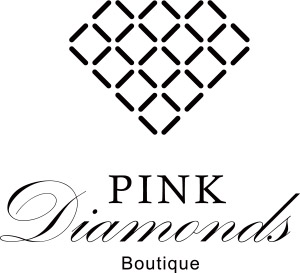Intensity
There are 3 main parameters you need to consider while evaluating the color of a diamond:
- The hue: The primary color of the diamond
- The overtone: The secondary color
- The intensity of the color
The main color, and presence of a secondary color, they define the color tone of the diamond. However, the strength of the color is defined by the intensity. The intensity level is an important paramater as most of the time the stronger the shade the more valuable the diamond is.
The Gemological Institute of Americal (GIA) developed an intensity grading scale in order to categorize the intensity levels in the diamond. The nine grades in the scale are the following:
- Faint
- Very Light
- Light
- Fancy Light
- Fancy
- Fancy Intense
- Fancy Vivid, Fancy Deep, or Fancy Dark
It is actually important to know that not every diamond color appears in all intensity levels. Orange diamonds for example do not exist in Faint, Very Light, or Light intensities. Only Fancy Light, Fancy, Fancy Intense, Fancy Vivid, and Fancy Deep.
Since there is such an incredibly wide range of colored diamonds, even stones of the same intensity often look quite different from one another.
The exact color intensity of the polished diamond can not be determined from the rough stone. However, the greater the color intensity of the rough stone, the greater the intensity of the polished diamond will be. How intense the color will be is also greatly affected by the diamond cut and shape of the stone. Also, not all fancy colored diamonds need to be cut the same way. That is why some diamond cutters are specialised in very specific colors. Recutting can sometimes be a good way to increase the value of a colored diamond: you lose carat weight of course, but it can sometimes make the color more intense and increase the value of the stone.


